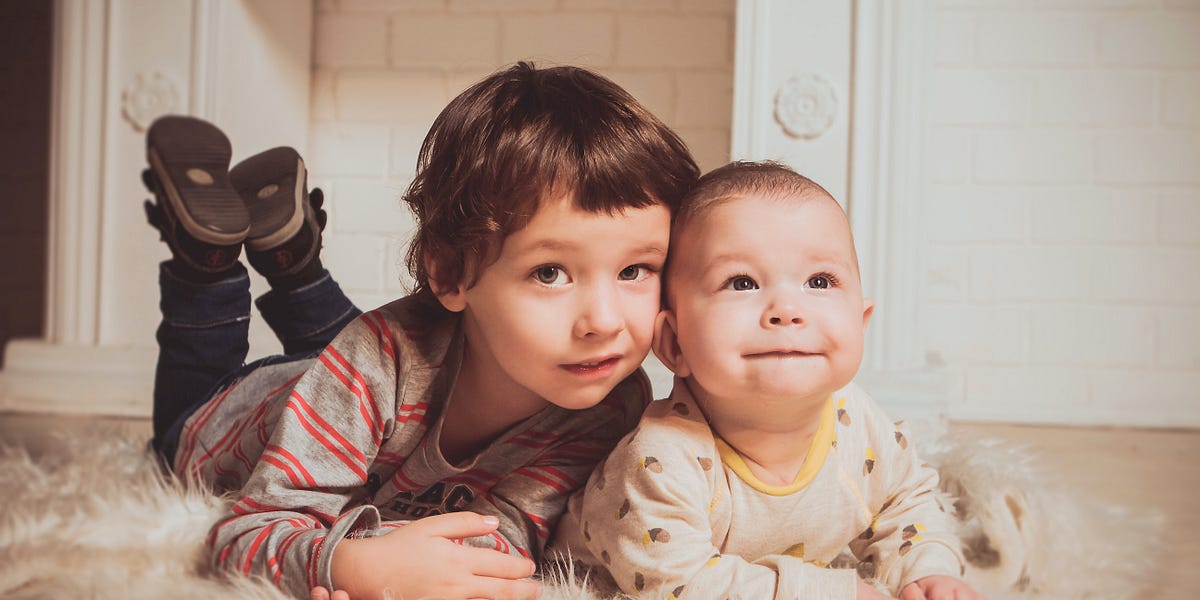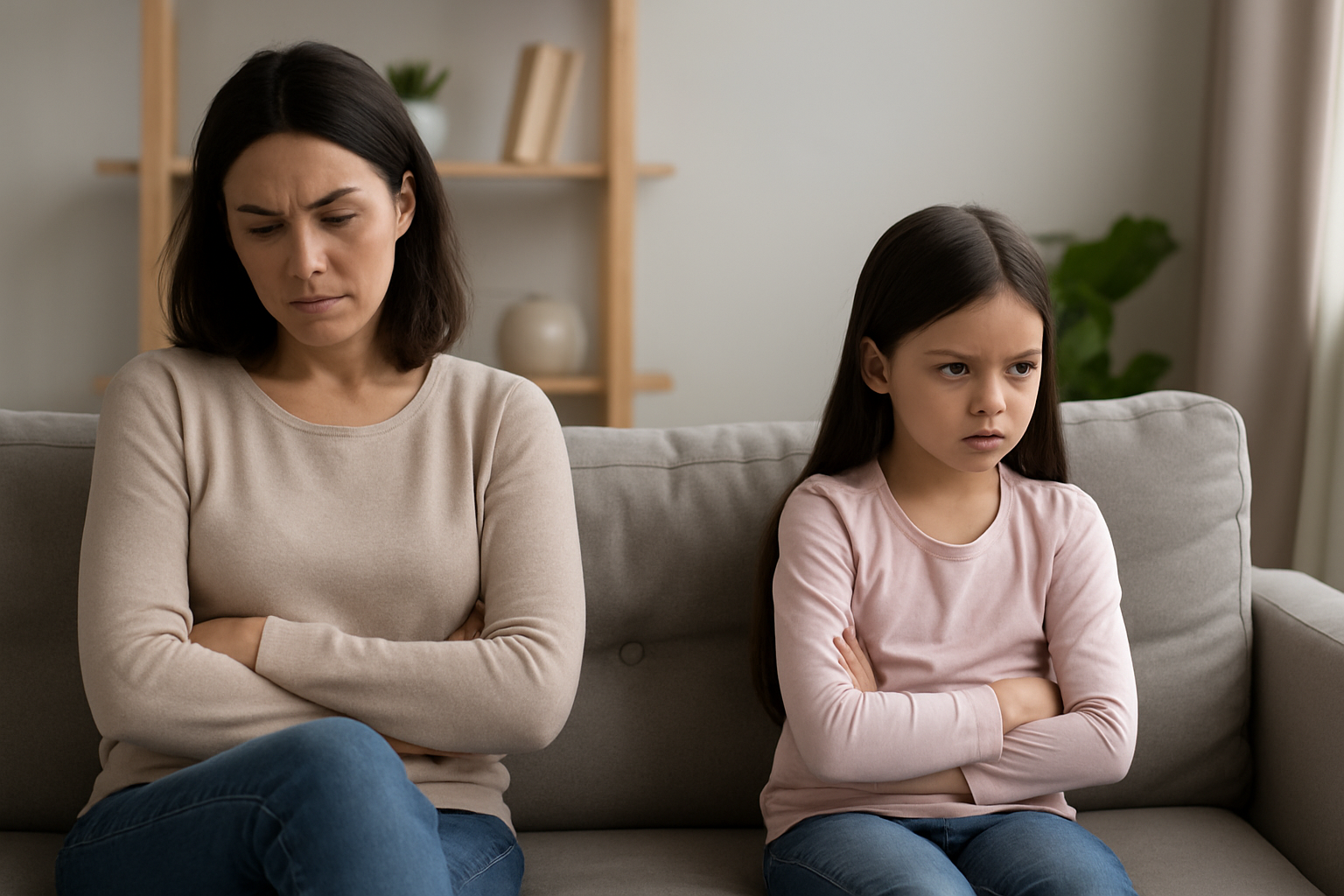
Family structures are as varied as the personalities that inhabit them, and perhaps no relationship within the family is as layered, emotional, and enduring as that between siblings. From the first shared toys to adult cooperation, the sibling bond shapes social skills, empathy, conflict resolution, and identity. Yet not all sibling relationships develop in the same way. One of the most influential factors determining their dynamics is the age gap — the difference in years between children. Whether siblings are born within a year of each other or separated by a decade, the time between their births profoundly affects their competition, emotional closeness, and individual development.
This essay explores how age gaps influence sibling dynamics across three broad ranges: small gaps (1–2 years), moderate gaps (3–5 years), and large gaps (6–10 years). It examines how these differences affect rivalry, jealousy, communication, and the distribution of responsibility within families. Furthermore, it offers guidance for parents on nurturing positive relationships between siblings regardless of their age difference.
Understanding Small Age Gaps (1–2 Years): Intensity and Imitation
When siblings are born only a year or two apart, their development occurs almost in parallel. They share many milestones — crawling, walking, school beginnings — often within the same short period. This closeness can create a unique sense of companionship and understanding, but it also invites intense rivalry.
Children of similar ages compete not only for parental attention but also for social comparison. Each step one child takes can feel like a challenge to the other. Psychologists often refer to this as the “twin effect” without being twins — an emotional mirroring that can foster both deep friendship and constant competition. For instance, when one child learns to ride a bike, the other feels compelled to master the same skill, not necessarily out of curiosity but from a desire to maintain parity.
In such families, the household rhythm tends to be highly energetic and emotionally charged. Disagreements arise quickly but are often resolved just as fast, as neither sibling can maintain distance for long. Over time, this closeness may evolve into a resilient friendship marked by shared experiences and mutual dependence. However, without parental guidance, small age gaps can also heighten jealousy and identity confusion, where one child feels overshadowed by the other’s achievements.
Parents play a crucial role in helping each child develop a sense of individuality. Celebrating unique strengths, offering separate experiences, and avoiding constant comparison are essential. Encouraging cooperative rather than competitive play — such as shared creative projects or sports on the same team — helps channel rivalry into teamwork.
Moderate Age Gaps (3–5 Years): Mentorship and Transition
With a moderate age gap, the dynamic begins to shift. The older child usually achieves a level of independence by the time the younger sibling is born, reducing the intensity of direct competition. This gap allows the elder to assume a mentorship role, helping with basic care or teaching small tasks, which fosters responsibility and empathy. Meanwhile, the younger sibling often looks up to the elder as a guide or role model, learning social and cognitive behaviors through observation.
Still, this relationship can carry its own emotional challenges. The older sibling may feel displaced when parental attention shifts to a newborn, especially if the child had been the sole focus for several years. Temporary resentment is common during this transition, and parents may notice regressions in behavior — clinginess, tantrums, or attempts to imitate the baby to regain attention.
As the children grow, their developmental paths begin to align again. When the older one reaches pre-adolescence, and the younger enters early childhood, opportunities for collaboration emerge. They can share games, stories, and family responsibilities, yet maintain clear boundaries in their personal spaces.
Moderate gaps tend to produce a healthy balance between independence and connection. The elder learns nurturing skills, and the younger benefits from early exposure to complex language and social interaction. Parents can strengthen this relationship by involving the older sibling in positive caregiving roles — for instance, reading bedtime stories or helping with small decisions — while ensuring that these responsibilities never replace parental duties.
The moderate age gap often results in long-term stability. In adulthood, such siblings typically maintain supportive bonds rooted in both shared memory and mutual respect. They have enough distance to appreciate individuality but enough overlap to share emotional understanding.
Large Age Gaps (6–10 Years): Protection, Distance, and Rediscovery
When siblings are separated by six to ten years, they inhabit almost different worlds during childhood. The elder might already be in middle or high school when the younger is still learning to read. This gap reduces rivalry dramatically but increases emotional distance. The older sibling may see the younger one more as an extension of parental responsibility than as a playmate.
However, this relationship offers its own form of richness. The older child often becomes a protector and secondary caregiver, developing patience, leadership, and empathy. For the younger, the older sibling represents a bridge to the adult world — someone cooler, more experienced, and often admired. Psychologists note that such gaps can create a quasi-parental bond, in which affection flows downward while admiration flows upward.
The main challenge lies in maintaining connection through differing life stages. The elder’s teenage years coincide with the younger’s most dependent period, leaving little shared ground. Family efforts to create shared experiences — vacations, creative hobbies, or traditions — are crucial to prevent emotional fragmentation.
Interestingly, large-gap siblings often reconnect in adulthood. Once both reach maturity, the differences in age become less relevant, and mutual respect grows. The older may appreciate the younger’s fresh perspective, while the younger values the elder’s guidance. This rediscovery often leads to enduring companionship that mirrors an intergenerational friendship.
Parents can foster this bond by ensuring that both children feel equally valued despite the elder’s greater independence. Involving the older sibling in nurturing without pressure — for instance, allowing them to choose how they participate — helps prevent resentment and sustains affection.
Comparative Overview: How Age Gaps Shape Sibling Relationships
The following table summarizes the typical traits of sibling dynamics across different age gaps, highlighting both challenges and opportunities.
| Age Gap | Typical Dynamic | Common Challenges | Parental Strategies |
|---|---|---|---|
| 1–2 years | Intense closeness; shared milestones; peer-like relationship | Rivalry, jealousy, identity overlap | Encourage individuality; avoid comparisons; promote cooperation |
| 3–5 years | Balanced connection; mentoring dynamic; emotional overlap | Temporary displacement of the older child; need for fairness | Involve the elder in positive caregiving; maintain one-on-one time with both |
| 6–10 years | Protective, mentor-like relationship; low rivalry | Emotional distance; lack of shared experiences | Create family rituals; foster shared activities; value both roles equally |
Nurturing Positive Dynamics Across All Age Gaps
Regardless of the years that separate siblings, the emotional foundation of their relationship depends on how parents frame it. Children absorb the tone of their parents’ interactions — whether they promote cooperation or comparison, empathy or favoritism.
In families with small age gaps, the key challenge lies in managing rivalry and ensuring individuality. Parents must consciously create moments that celebrate each child’s unique identity. Avoiding phrases like “Why can’t you be more like your sister?” prevents self-doubt and resentment. Instead, emphasizing difference as strength — “You’re great at storytelling, and she’s great at problem-solving” — nurtures respect and appreciation.
For moderate age gaps, the emphasis should be on inclusion without overload. The older child can participate in caregiving, but parents should monitor that it doesn’t evolve into adult-like responsibility. Shared rituals — movie nights, garden projects, or cooking together — cultivate shared joy rather than duty.
With large age gaps, parents must work to bridge stages of development. Family traditions become powerful tools: weekly dinners, holiday rituals, or story-sharing moments create a sense of belonging that transcends age. The older sibling should be allowed autonomy while being gently encouraged to connect. For the younger one, admiration should be balanced with opportunities to express individuality.
Across all types, conflict is not inherently negative. Research in developmental psychology shows that constructive conflict teaches emotional regulation, negotiation, and empathy. What matters is how conflicts are resolved — through listening, patience, and respect — rather than whether they occur.
Conclusion
Sibling relationships are lifelong laboratories for learning about cooperation, empathy, and individuality. The age gap between brothers and sisters acts as a powerful variable, shaping how these lessons unfold. A one-year gap may bring fierce rivalry and intense bonding; a five-year gap may cultivate mentorship and balance; a ten-year gap may foster protection and later rediscovery.
Ultimately, no age difference guarantees harmony or conflict. What truly determines the quality of sibling relationships is the emotional environment parents create — one where each child feels valued for who they are, encouraged to celebrate their sibling’s success, and supported through moments of tension.
In the end, the measure of a successful sibling relationship is not the number of years that divide them but the shared stories that connect them. Whether they grow side by side or a decade apart, siblings have the potential to become each other’s most enduring allies — companions through the evolving seasons of family and life itself.

